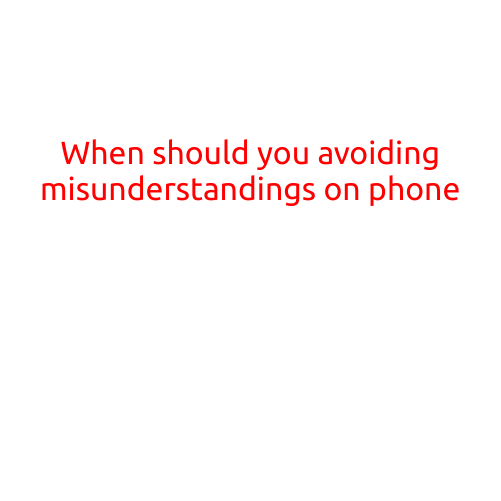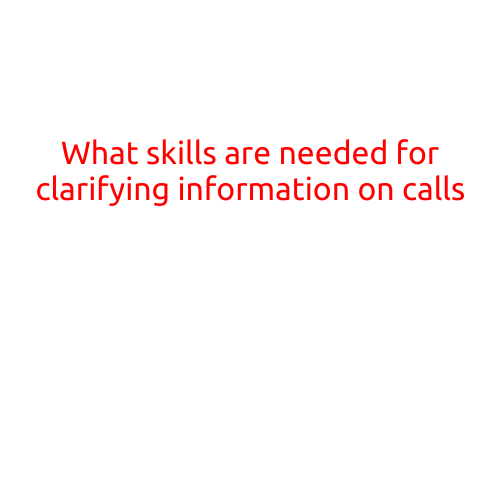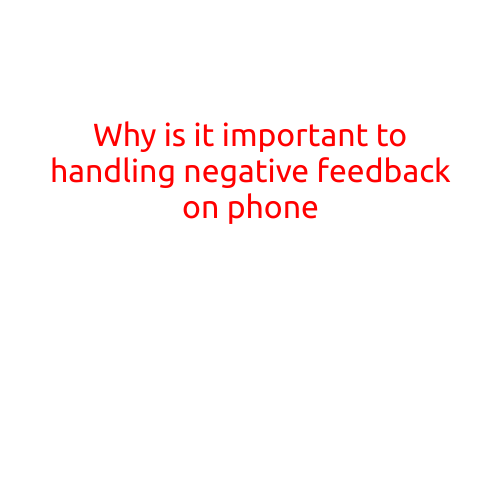
When to Avoid Misunderstandings on Phone
In today’s digital age, communication has become increasingly reliant on technology. While phones have made it easier for us to stay connected with others, they can also lead to misunderstandings if we’re not careful. Whether it’s a text message, email, or phone call, misinterpretations can cause frustration, confusion, and even damage relationships.
In this article, we’ll explores the situations where you should be cautious of misunderstandings on phone and provide tips on how to avoid them.
The risks of misunderstandings on phone
Misunderstandings on phone can arise from various factors, including:
- Lack of nonverbal cues: When communicating through text or phone calls, we often don’t have visual cues like facial expressions or body language to rely on. This can lead to misinterpretation of tone and intent.
- Misreading tone and intent: Without nonverbal cues, it’s easy to misread someone’s tone and intent. A joke or a sarcastic comment can be easily misinterpreted as anger or aggression.
- Language barriers: When communicating across languages, misunderstandings can arise from linguistic differences or cultural nuances.
- Emotional reactivity: When we’re emotional, we’re more prone to misinterpret or overreact to messages.
Situations where you should avoid misunderstandings on phone
- Discussing sensitive or emotional topics: When discussing topics that affect someone’s emotions or well-being, such as a personal problem, a serious illness, or a family conflict, it’s best to do so in person or over video call.
- Conveying critical or harsh feedback: Feedback is essential, but it’s crucial to do so in a constructive and respectful manner. Avoid criticizing or harshly judging someone over phone.
- Debating or arguing: Debates and arguments can quickly escalate into misunderstandings. It’s best to avoid discussing controversial topics or resolve disputes in person.
- Sharing confidential information: Keep confidential information, such as financial or personal data, to yourself until you can discuss it in person or over a secure online platform.
Tips to avoid misunderstandings on phone
- Use clear and concise language: Avoid using complex sentences or jargon that may be misinterpreted.
- Use emojis and emoticons: Add emojis or emoticons to convey your intended tone and emotion.
- Ask clarifying questions: If you’re unsure about someone’s intention or message, ask for clarification.
- Use phone calls instead of texts: If you need to have a serious or complex conversation, opt for a phone call instead of texting.
- Take a deep breath and pause: Before responding to a message or phone call, take a deep breath and pause to ensure you’re responding calmly and thoughtfully.
Conclusion
Misunderstandings on phone can be avoided by being aware of the situations where they’re more likely to occur and taking steps to prevent them. By using clear language, asking clarifying questions, and taking a step back to reflect before responding, you can minimize the risk of misunderstandings and build stronger, more meaningful relationships.





